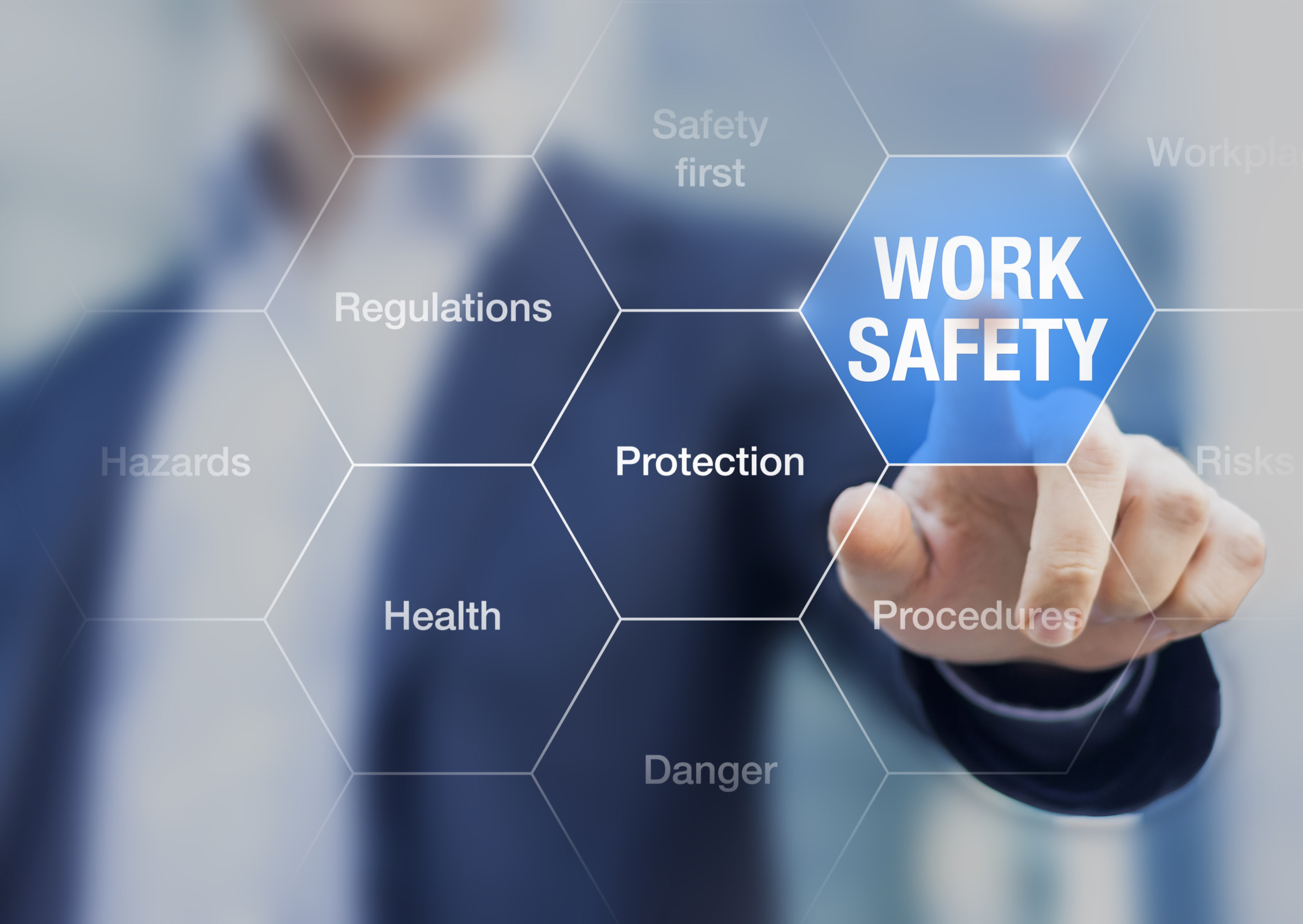Accidents happen in every industry every year. At the last count, even low-risk occupations like education services recorded cases where employees suffered injuries on the job.
These statistics highlight the importance of stringent on-site health and safety policies in every line of work. Are you a little overwhelmed by the OHS legislation and what it involves?
Don’t stress, a lot of the policies and procedures involve little more than common sense. These are the five key aspects of health and safety management that form the core of OHS initiatives everywhere.
1. Understanding Responsibility
The first step in designing and implementing an effective health and safety plan is knowing your responsibilities. Study the relevant laws or consult with an expert on OHS so you can figure out exactly what’s expected of you.
Make sure your employees know their legal responsibilities regarding OHS as well as any consequences for non-compliance.
2. Health and Safety Management Commitment
Commitment is key to maintaining a safe work environment. This dedication to a safe workplace starts at the top and should filter down to every level of your business.
Make sure you communicate all your company policies throughout your company and enforce these policies where needed.
3. Employee Engagement
Employee involvement is key to effective workplace health and safety management. You must outline what’s expected of each worker and train them on safe working practices.
Encourage them to support each other in these initiatives and remind each other of the rules when necessary.
4. Managing Hazards and Risks
Many business owners skim over this important aspect of occupational health and safety. You can’t protect your workers from harm if you don’t know where and when they’re at risk.
Take pains to identify all aspects of their jobs that could lead to injury or illness and put controls in place to limit these risks.
For clarity’s sake, you need to implement clear procedures for reporting accidents and injuries as well as the necessary investigations. Regular inspections help you identify when employees are becoming complacent about their responsibilities and act against them if needed.
One thing that we often overlook when considering risk is the danger of human error in reporting. An effective health and safety management system will help you keep track of all your data and documents, eliminating this risk.
5. Health and Safety Training
OHS compliance relies heavily on effective communication across your company. You can’t expect your employees to follow rules and procedures they don’t understand or aren’t aware of.
Regular training sessions are the best way to keep everyone updated, informed, and committed to health and safety.
Make sure you tailor these to suit each group of employees’ exact work responsibilities. Overloading your workers with too much information can cause them to feel overwhelmed and lead to non-compliance.
Keep Your Business Thriving
Health and safety management is an important issue for every workplace. Not only from a real perspective but also from an HR one. Your employees’ safety should remain a top priority always.
Explore our online magazine for more informative articles on how to run your business better.



